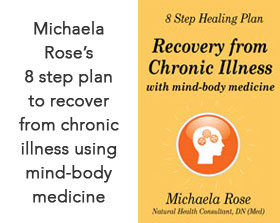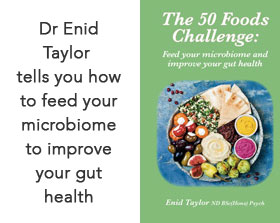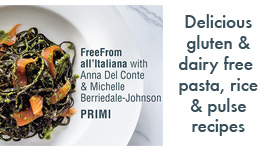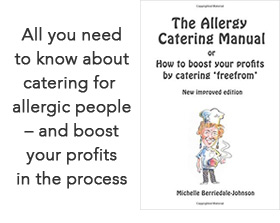|
|
| Anxiety amongst parents of peanut/hazelnut-allergic children is reduced by their children undergoing food challenges |
Parental anxiety before and after food challenges in children with suspected peanut and hazelnut allergy As ingestion of peanut and hazelnut by allergic children is potentially life threatening, parents of these children need to be vigilant about their child's dietary intake. This may cause high levels of anxiety. To assess parental anxiety about food-allergic reaction in their child (state anxiety) and their personal disposition to anxiety (trait anxiety), parental anxiety was investigated again after food challenges. Fifty-seven children (3–16 yr, mean age 7.2) with suspected peanut or hazelnut allergy (mean specific IgE 20.9) were evaluated by double-blind, placebo-controlled food challenge (DBPCFC). Thirty-two children (56%) developed an allergic reaction. All parents completed the Spielberger State-Trait Anxiety Inventory (STAI) prior to DBPCFC and 2 wk, 3 months and 1 yr thereafter. The mean anxiety scores on these moments were compared with each other and with general Dutch norms. The STAI was also investigated in a group that refused DBPCFC. Prior to DBPCFC, parents had high levels of state anxiety in contrast to a lower trait anxiety compared to the norm group. After DBPCFC, the state anxiety was significantly lower, regardless of a positive or negative outcome (p ≤ 0.05). The state anxiety was still significant lower after 1 yr (p ≤ 0.03). The trait anxiety remained unchanged in mothers and slightly decreased in fathers. The state anxiety in the group that refused DBPCFC was comparable to the challenge group, but the trait anxiety was significantly higher (p = 0.038). Parents of children with suspected peanut or hazelnut allergy show high levels of anxiety about a food-allergic reaction. After DBPCFC, the anxiety was significantly lower, even in the group with a positive outcome. Pediatr Allergy Immunol 2010: 21: e439–e445. First published in August 2009 Click here for more research reports |










